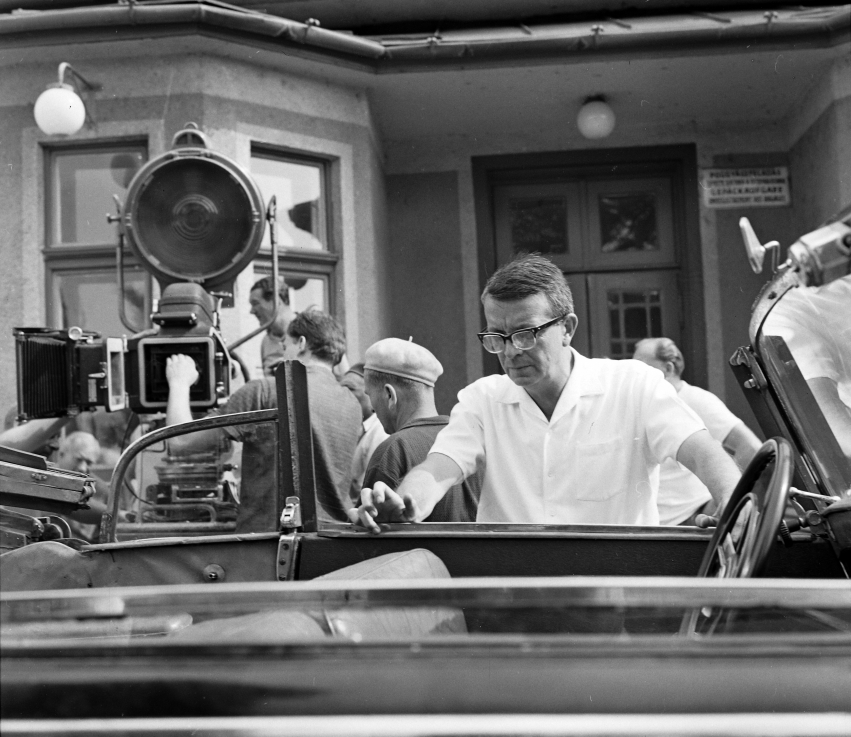The pioneering era of Hungarian film, from the first moving pictures and Lumière’s visit in the spring of 1896, to the popular news clips of World War I and subsequent political turmoil, not only shaped cinema here but across the world.
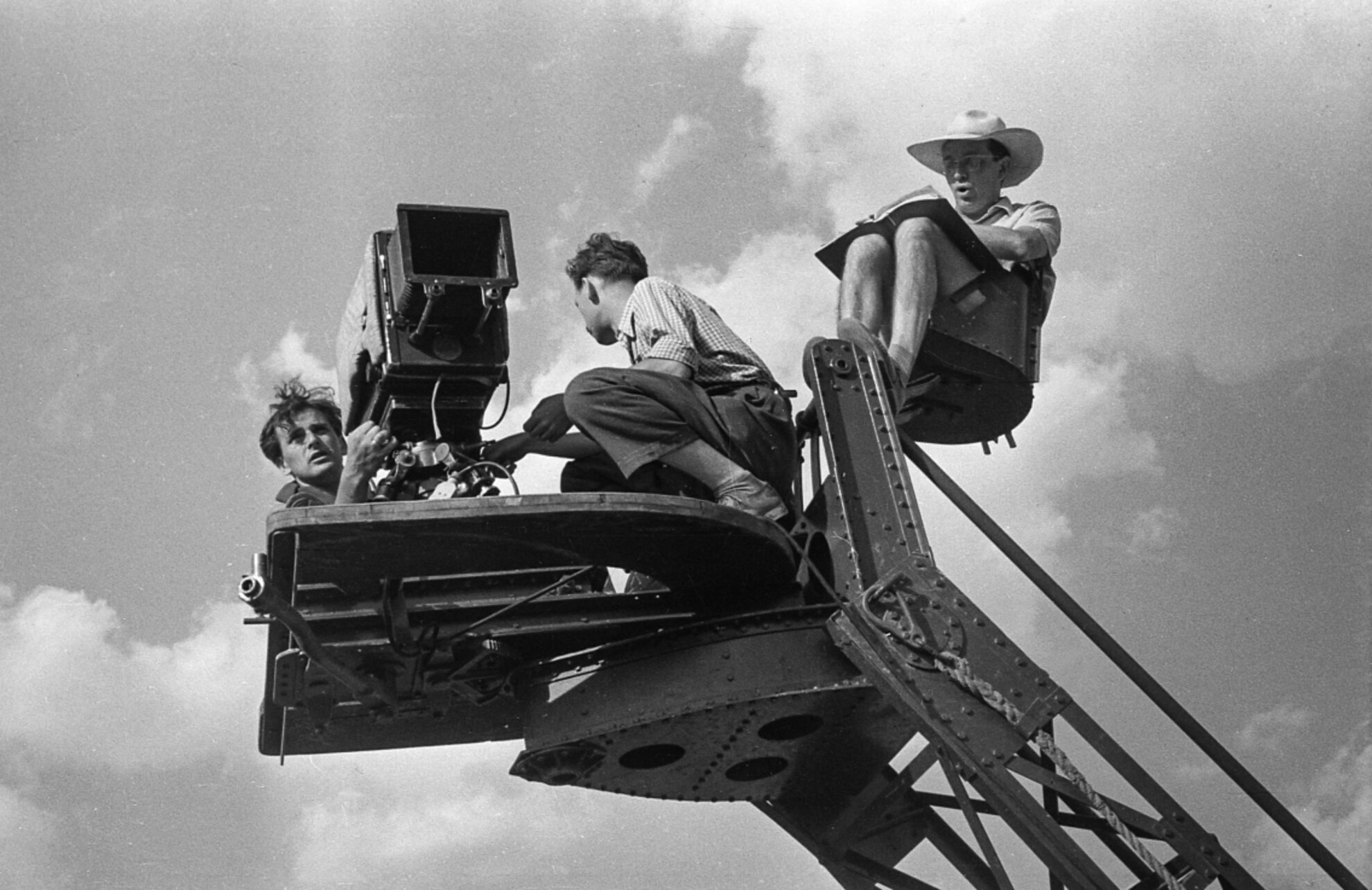
As a sweeping new exhibition, Wide Angle, at the Ludwig Museum reveals, the key personalities involved in film’s earliest days in Budapest took their talent to England and America and made their names. The exodus devastated the burgeoning industry here, which was just picking up by the sound era before war and Communist censorship followed.
Half a century later, as a post-’89 timeline shows, an initial trickle of cult flicks became a flood of top-quality features by the early 2000s. In a way, Hungarian film has come full circle back to its heyday, as illustrated by the large display dedicated to Oscar-winning Son of Saul.
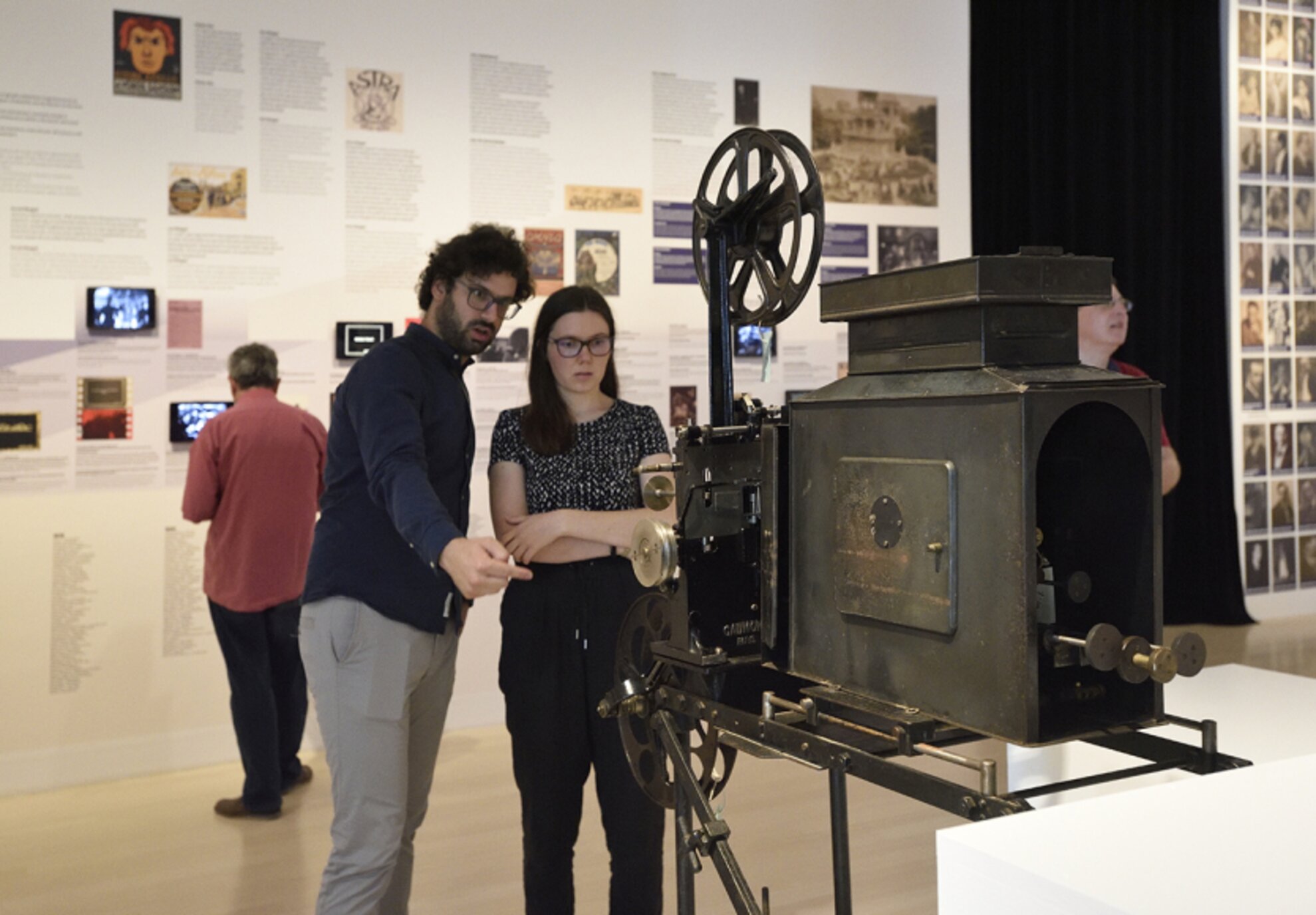
But let’s go back to the beginning. Step through the door on the second floor of the Ludwig Museum, and you’re immediately plunged into pre-cinema, a world of magic lantern shows and primitive moving pictures. Turn a corner, however, and you see that Hungary was soon at the forefront of a revolutionary creative medium.
Imaginatively and chronologically arranged, with full English translations
throughout, sections such as The Art of Silent Film in the second room provide
a wealth of fascinating detail. Budapest
in 1896 would have been a very exciting city indeed – no sooner had moving
pictures been screened at the winter garden of the Kálmán Imre Theatre than Lumière
representative Eugène Dupont was showing off the company’s new invention at the Hotel Royal, today’s Corinthia.
The Viennese-born Dupont also captured scenes
of carriages crossing the Chain Bridge and millennial celebrations at Buda Castle.
A pristine copy was created at the Lumières’ former home of Lyon to be shown on
a loop here. After Dupont in May 1896, Edison arrived in Budapest.
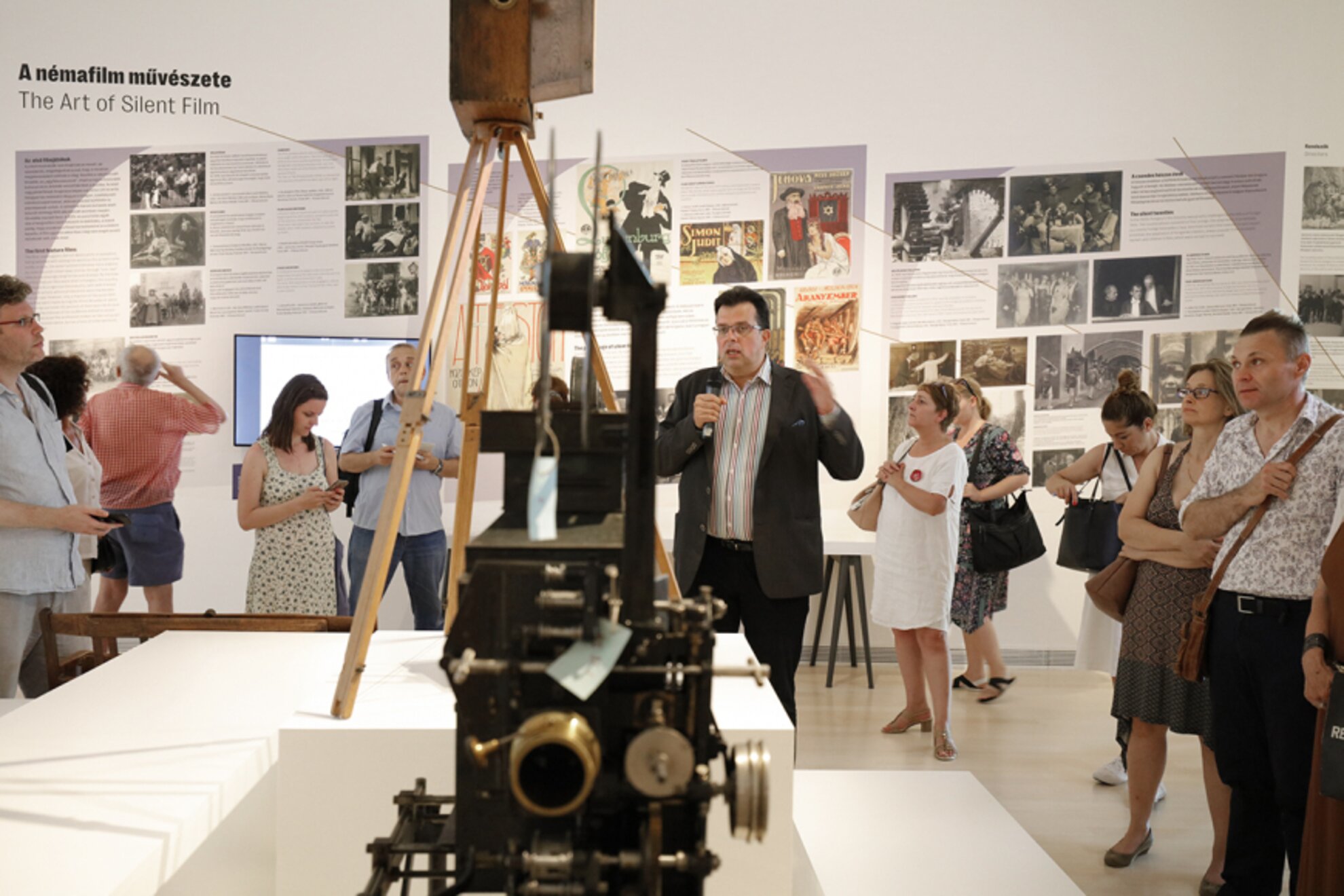
Within five years, famed actress Lujza Blaha, after whom the square is
named, and a surprisingly large cast, were acting out scenes from A táncz (‘The
Dance’), Hungary’s first moving picture film. This was Béla Zsitovszky’s absurdly
ambitious attempt to depict the history of dance – medieval French, Spanish
bolero, Hungarian csárdás – over 24 short clips.
It nearly went up in
smoke, a fire at the laboratory destroying the first recordings on celluloid,
and more takes needing to be shot (some on the roof of the Uránia), funded by
public donations. Eventually, it was first shown in the auditorium below on 30
April 1901, the date later enshrined as National Film Day in Hungary.
Zsitovszky not only directed but was also the cinematographer, an art which would earn his later compatriots world renown.

By the early 1900s, there were studios, cinemas and even the first porn raid, police busting a certain Gábor Kabos for making erotic films in a seedy room on Kálvária tér, deep in District VIII. Perhaps more significantly, in 1912 Mihály Kertész made Hungary’s first three-act film, Ma és holnap (‘Today and Tomorrow’). Like his contemporary Sándor Korda, creator of a film adaptation of the Mór Jókai novel Aranyember, both would soon become prolific directors.
Both left in the turmoil after World War I, Kertész to win over Hollywood as Michael Curtiz, the man behind Casablanca and King Creole, Korda to run successful studios in England. With them went Hungary’s best acting talent, too. Around Europe and across the Atlantic, as painstakingly delineated here in a large cat’s cradle map, Window on the World, showing who went where, Hungarians could be found behind the camera, around the studio and on screen.
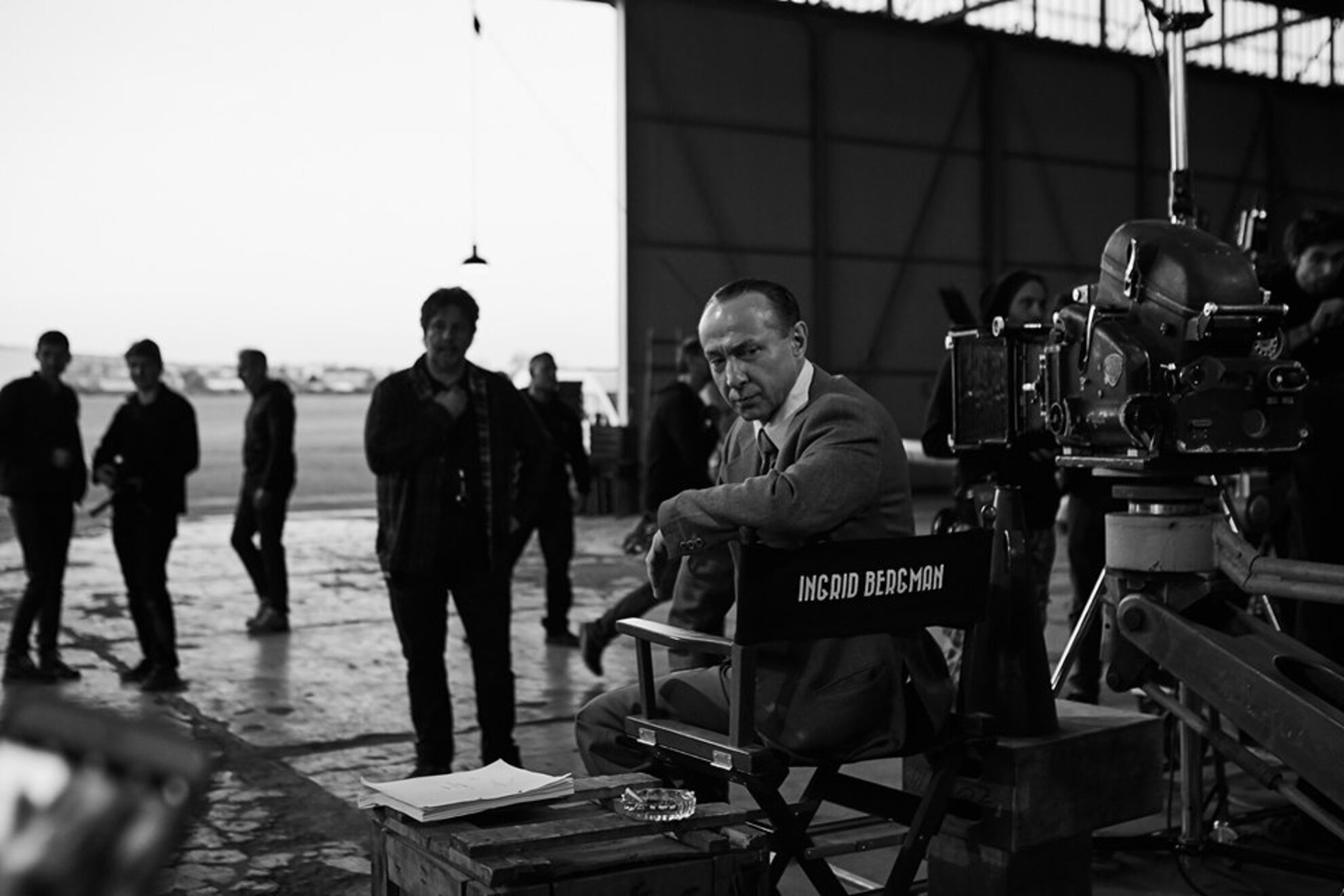
The room Hungarian Hollywood, bathed in natural light streaming in from a jaw-dropping panorama of the Danube and bridges, features video loops of the biggest stars of the silver screen placing Oscars into Hungarian hands.
Back home, cinema slowly embraced sound, classics were made and their stars revered. Even before Communism, however, censorship was a serious issue, Hungarian leader Miklós Horthy overseeing a strict régime between the wars. The admiral himself is seen in a short clip, speaking hilariously clunky and accented English, begging tourists to come to Budapest and extolling the city’s virtues.
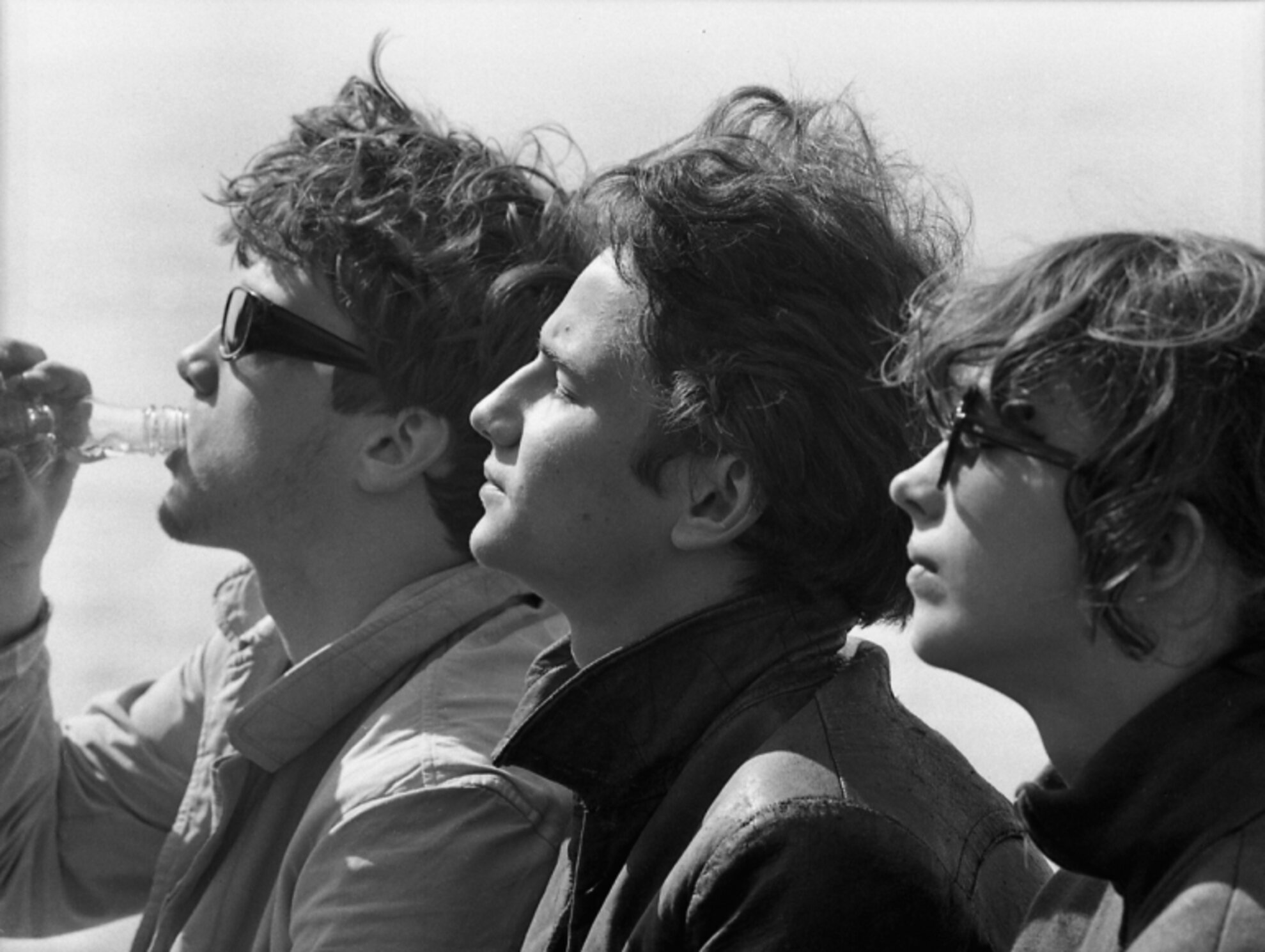
The censor was particularly active after the war, of course, but the exhibition shows how cinema played its part in the gradual opening of society after the 1956 Uprising. The two decades before the régime change of 1989, Escape to the Cinema, are of particular interest, as Hungarian directors became recognised by Cannes, Berlin and even Hollywood for work produced at home. Alternative and underground films also came to the fore.
After a slow start, malls, multiplexes and foreign blockbusters cannibalising the cinematic landscape, Hungarian film recovered and is now in rude health. The display themed around Son of Saul, which won director László Nemes an Oscar for Best Foreign Film in 2016, mainly concentrates on the sets created by László Rajk. The architect had previously worked on the Hungarian section of the permanent exhibition at Auschwitz itself.
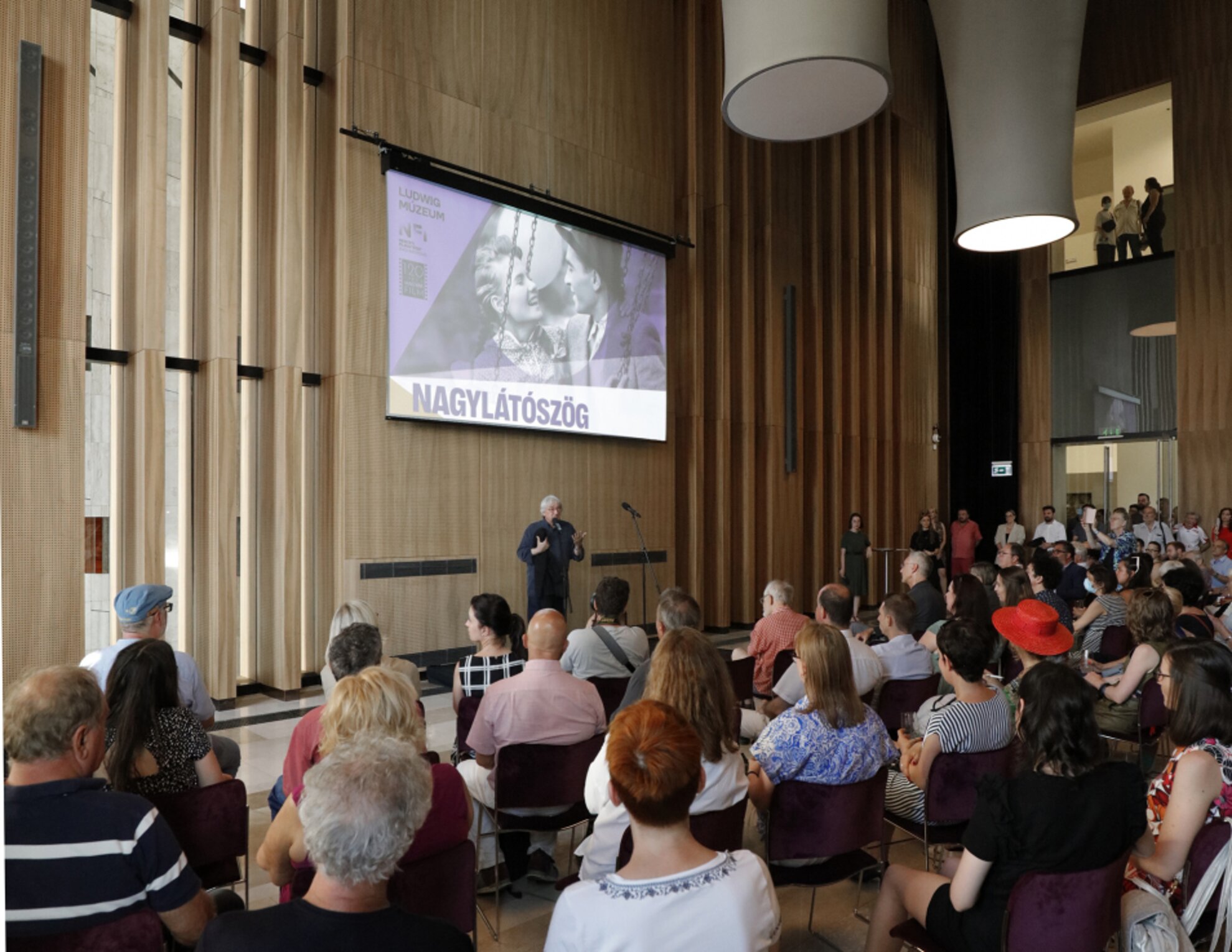
The exhibition closes with a list of the lost works of yesteryear the Hungarian National Film Institute is still searching for, their titles running down an entire pillar in this high-ceilinged space. Visitors are encouraged to look in their sheds and attics for any forgotten film canister dating back to the last century. Judging by Hungary’s track record, there may well be a gem hiding in there somewhere.
Exhibition information
Wide Angle – 120 Years of Hungarian Cinema
Ludwig Museum
District IX. Komor Marcell utca 1
Trams 1, 2 and 24 to Közvágóhíd/Müpa-Nemzeti Színház
Until 14 November: Tue-Sun noon-6pm
Admission: 2,000 forints
